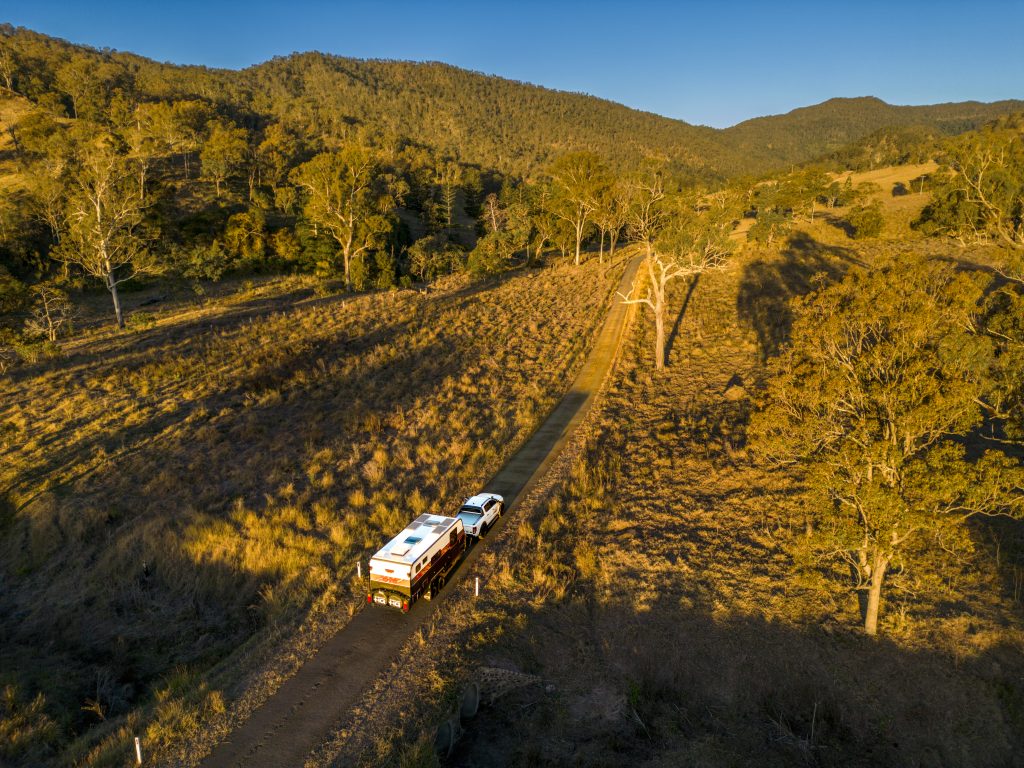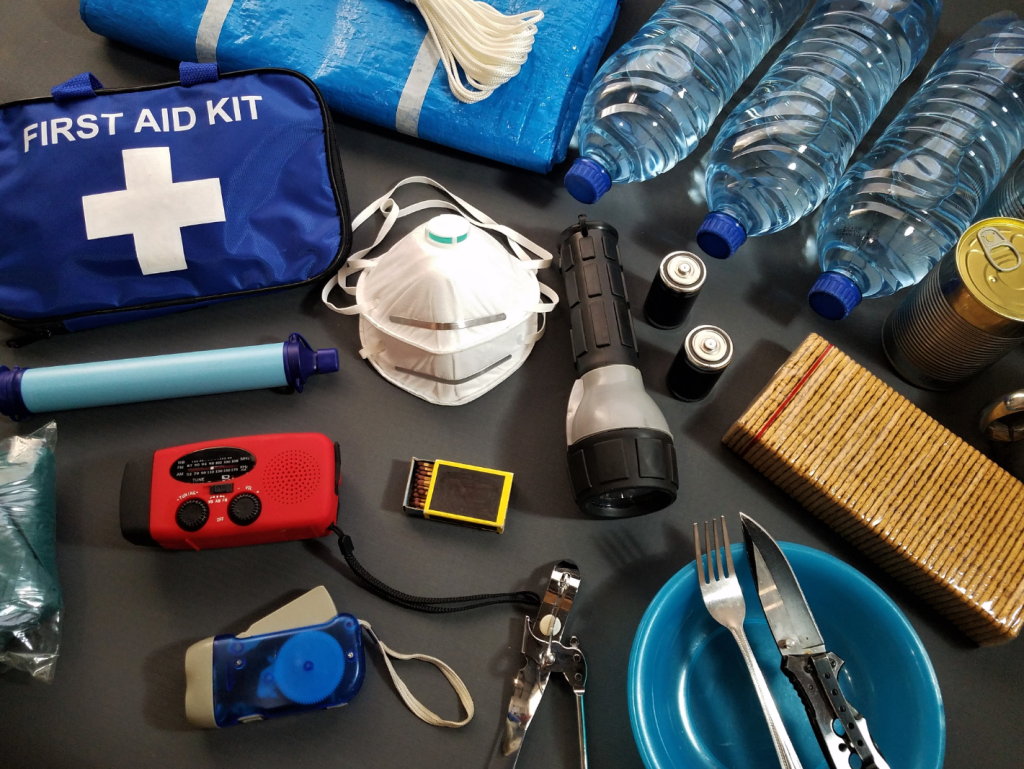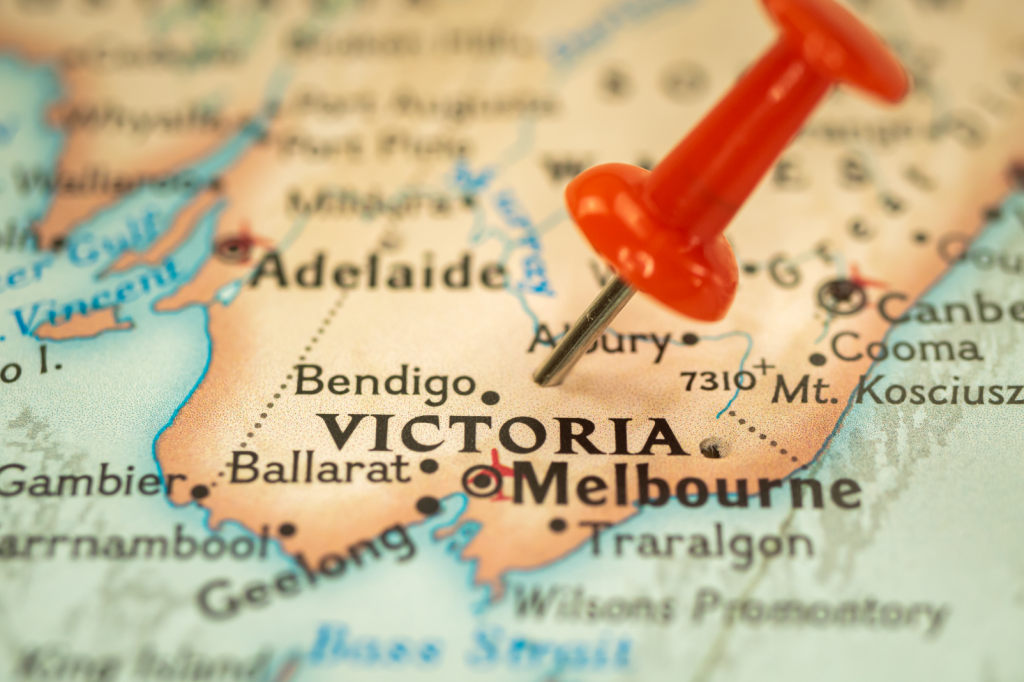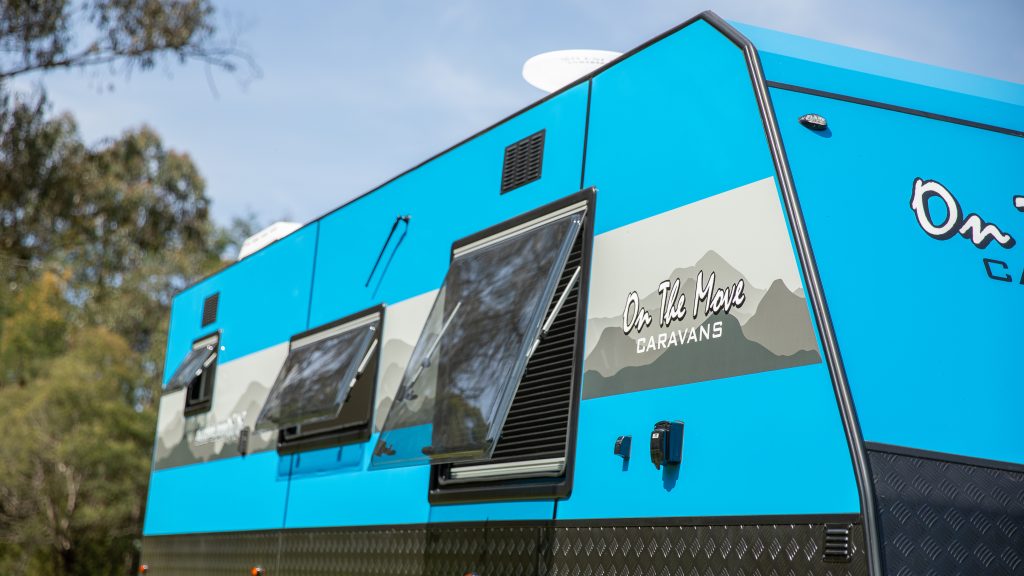When most people think of winter, the idea of a caravanning trip isn’t usually their first choice.
But don’t let the cold weather deter you from hitching up your van – Australia in the winter is absolutely gorgeous.
Caravan parks are far less crowded than in summer, prices are cheaper and the scenery is stunning. Honestly, June, July and August are perfect months to bundle up, hit the road and create memories that will last a lifetime.
Wherever you decide to travel to (the options are endless, think beaches, the high country or the Snowy Mountains), winter caravanning comes with its challenges. But with a little pre-planning and preparation, it won’t be so intimidating.

Heating
Staying warm is a no-brainer when you’re travelling in winter and investing in a reliable heating source is essential. Diesel heaters are a popular choice with On The Move customers, offering efficient and cost-effective heating.
But that’s not the only thing you should consider – check the seals around the doors and windows for signs of wear or damage as these areas are common sources of heat loss and can prevent water damage.
Pack for the cold
In summer, you can be a little bit more blase about what you’re taking with you but packing your caravan for cold weather needs more preparation. Otherwise, you’re not going to have a good time.
A few things to consider:


Plan accordingly
Choose campsites with powered sites, sheltered locations and windbreaks to minimise exposure to harsh weather conditions.
Make sure you stay informed about weather conditions along your route and at your destination by monitoring forecasts regularly. Adjust your travel plans accordingly, avoiding severe weather events and unsafe conditions.
Prior to every departure, check road conditions for closures, snow advisories and hazards.
Stock up on supplies
Regardless of what season you’re travelling in, you need to be prepared for unexpected delays or emergencies. Stock up on essential supplies including food, water, blankets, warm clothing, flashlights, batteries and a fully charged satellite phone.
A winter emergency kit should include items like a shovel, emergency blankets, extra clothing ice scraper, traction aids and a first aid kit in case you encounter snow or ice on the road.

Get noticed
When travelling through snowy or foggy conditions with a white caravan, ensuring visibility is essential to your safety and that of other motorists. To enhance visibility, consider applying reflective tape or stickers to your caravan’s exterior.
Remember to keep your headlights on at all times for increased visibility, and regularly check and clean your caravan’s headlights, taillights, and turn signals to remove any snow or dirt build-up.
